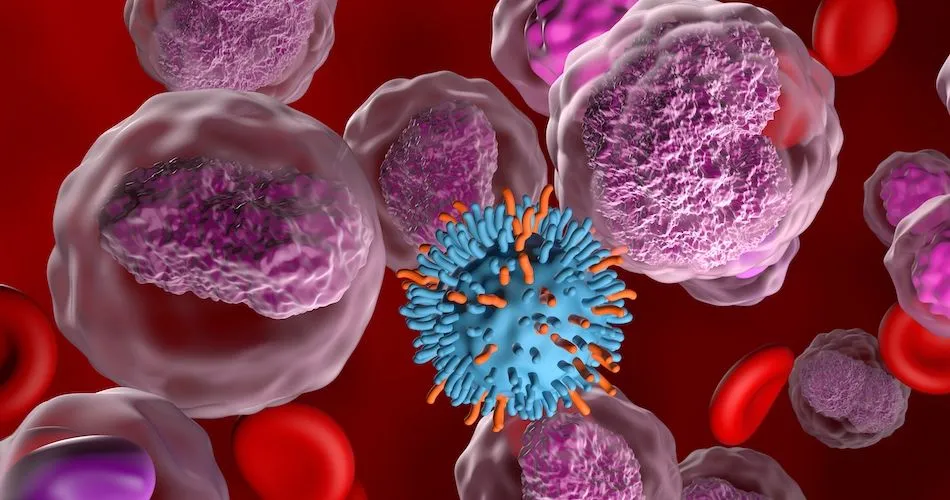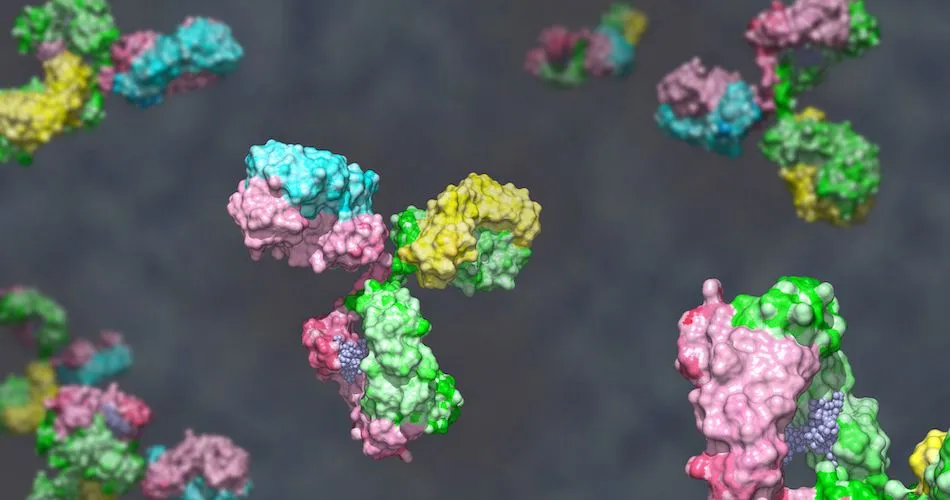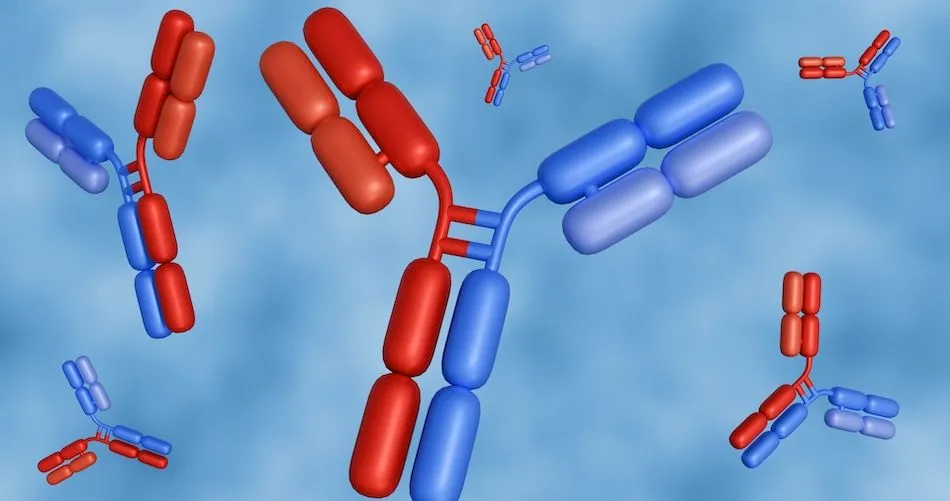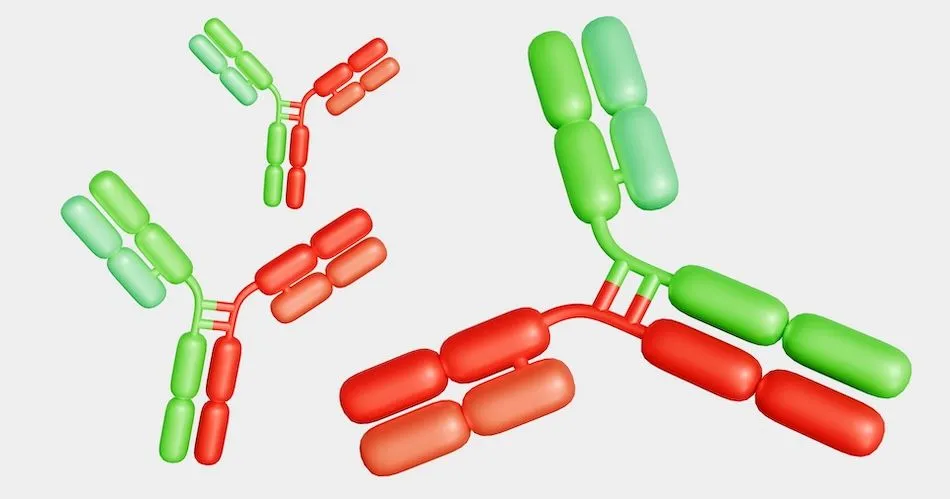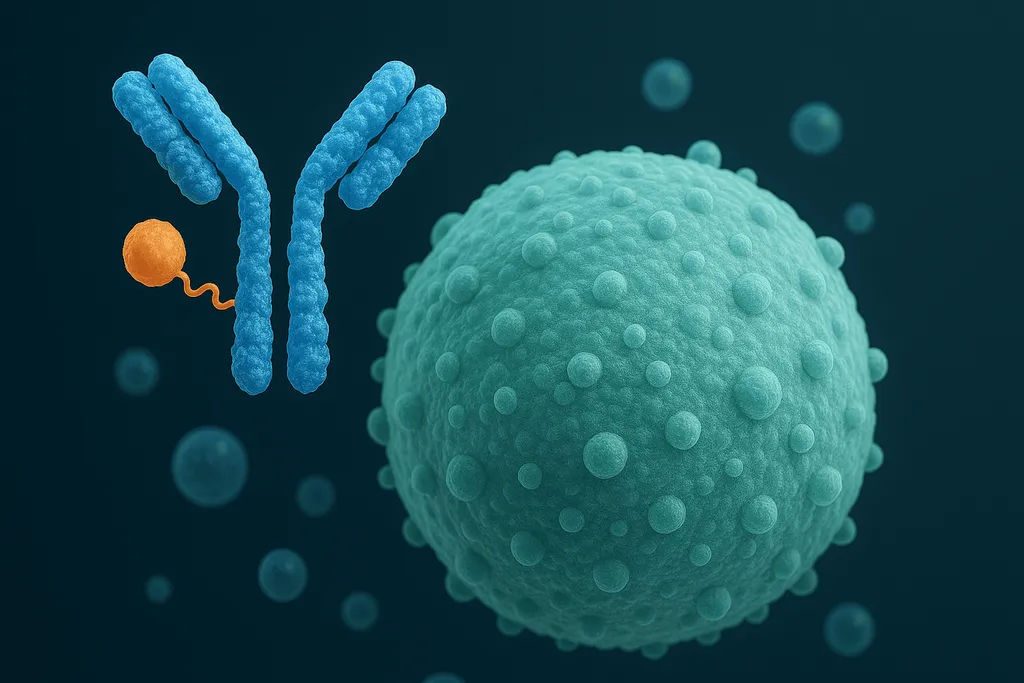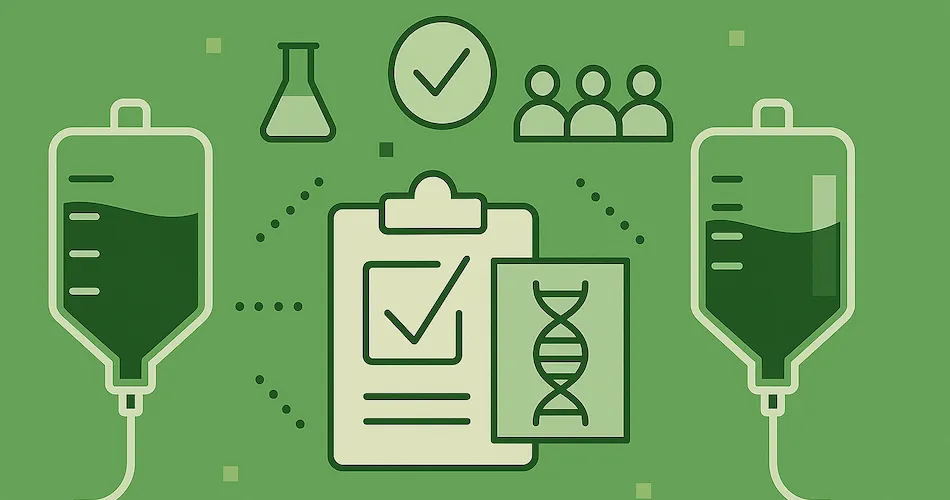ASH 2023: Fighting DLBCL by Attacking the Microenvironment

Dr. Leandro Cerchietti, from Weill Cornell Medicine in New York, presented at the 2023 ASH Annual Meeting on a potential B-cell lymphoma treatment called SC-2882. Watch his interview below or read the following summary about his research.
Dr. Cerchietti spoke to HeathTree about the promising preclinical results of SC-2882. Preclinical data is gathered before a drug can enter phase I of a study. This data is collected by observing how the treatment works in cells and/or live animals. If the drug is determined safe and effective in cells and animals, then it can potentially move to phase I of a clinical trial where drug safety can be tested in humans.
The DLBCL Microenvironment
The microenvironment of cancer cells is the ecosystem surrounding said cancer. Currently, B-cell lymphomas with an inflammatory microenvironment have poor outcomes. These surrounding cells often establish complex communication with lymphoma cells, sustaining and strengthening the disease. However, preclinical testing done on mice has shown that we can modify this microenvironment.
Study Details
The CD47 protein is found on the surface of many cells in the body. The body uses the CD47 protein to protect important cells and dispose of old or diseased cells. QPCTL is an enzyme found inside of cells that regulates the activity of CD47. When CD47 and QPCTL are found in the microenvironment of a tumor, together they protect the tumor and surrounding tissue. A dataset of 470 DLBCL patients determined that those with the QPCTL expression had lower overall survival and progression free survival (time in which their disease is not growing).
SC-2882
The microenvironment's role in sustaining and promoting lymphoma cells has long been a challenging aspect of DLBCL treatment. Dr. Cerchietti’s team has identified a compound that disrupts the communication in the lymphoma microenvironment by targeting QPCTL, potentially transforming DLBCL treatment. SC-2882 is a first of its kind specific QPCTL inhibitor. It not only addresses the cancer cells directly, but also weakens their shield, making them more susceptible to the body's natural defense mechanisms.
The future of DLBCL treatment
SC-2882 could hold the key to silencing lymphoma microenvironment communication, thereby depriving lymphoma cells of their vital support system.
Clinical trials for SC-2882 are on the horizon, marking a crucial step toward more effective and targeted therapies in DLBCL.
Dr. Leandro Cerchietti, from Weill Cornell Medicine in New York, presented at the 2023 ASH Annual Meeting on a potential B-cell lymphoma treatment called SC-2882. Watch his interview below or read the following summary about his research.
Dr. Cerchietti spoke to HeathTree about the promising preclinical results of SC-2882. Preclinical data is gathered before a drug can enter phase I of a study. This data is collected by observing how the treatment works in cells and/or live animals. If the drug is determined safe and effective in cells and animals, then it can potentially move to phase I of a clinical trial where drug safety can be tested in humans.
The DLBCL Microenvironment
The microenvironment of cancer cells is the ecosystem surrounding said cancer. Currently, B-cell lymphomas with an inflammatory microenvironment have poor outcomes. These surrounding cells often establish complex communication with lymphoma cells, sustaining and strengthening the disease. However, preclinical testing done on mice has shown that we can modify this microenvironment.
Study Details
The CD47 protein is found on the surface of many cells in the body. The body uses the CD47 protein to protect important cells and dispose of old or diseased cells. QPCTL is an enzyme found inside of cells that regulates the activity of CD47. When CD47 and QPCTL are found in the microenvironment of a tumor, together they protect the tumor and surrounding tissue. A dataset of 470 DLBCL patients determined that those with the QPCTL expression had lower overall survival and progression free survival (time in which their disease is not growing).
SC-2882
The microenvironment's role in sustaining and promoting lymphoma cells has long been a challenging aspect of DLBCL treatment. Dr. Cerchietti’s team has identified a compound that disrupts the communication in the lymphoma microenvironment by targeting QPCTL, potentially transforming DLBCL treatment. SC-2882 is a first of its kind specific QPCTL inhibitor. It not only addresses the cancer cells directly, but also weakens their shield, making them more susceptible to the body's natural defense mechanisms.
The future of DLBCL treatment
SC-2882 could hold the key to silencing lymphoma microenvironment communication, thereby depriving lymphoma cells of their vital support system.
Clinical trials for SC-2882 are on the horizon, marking a crucial step toward more effective and targeted therapies in DLBCL.

about the author
Kat Richardson
Kat is from Lehi, Utah and is the education manager for lymphoma. She has worked in healthcare for a decade now, and earned her degree in community health education and promotion. Kat is passionate about disease prevention as well as improving quality of life and health equity. She enjoys reading, hiking, baking, ice skating, gardening, time with her family and friends, and most of all, spoiling her nieces and nephew.
More on Conferences
Trending Articles
Get the Latest Large B Cell Lymphoma Updates, Delivered to You.
By subscribing to the HealthTree newsletter, you'll receive the latest research, treatment updates, and expert insights to help you navigate your health.
